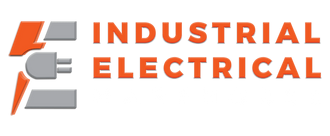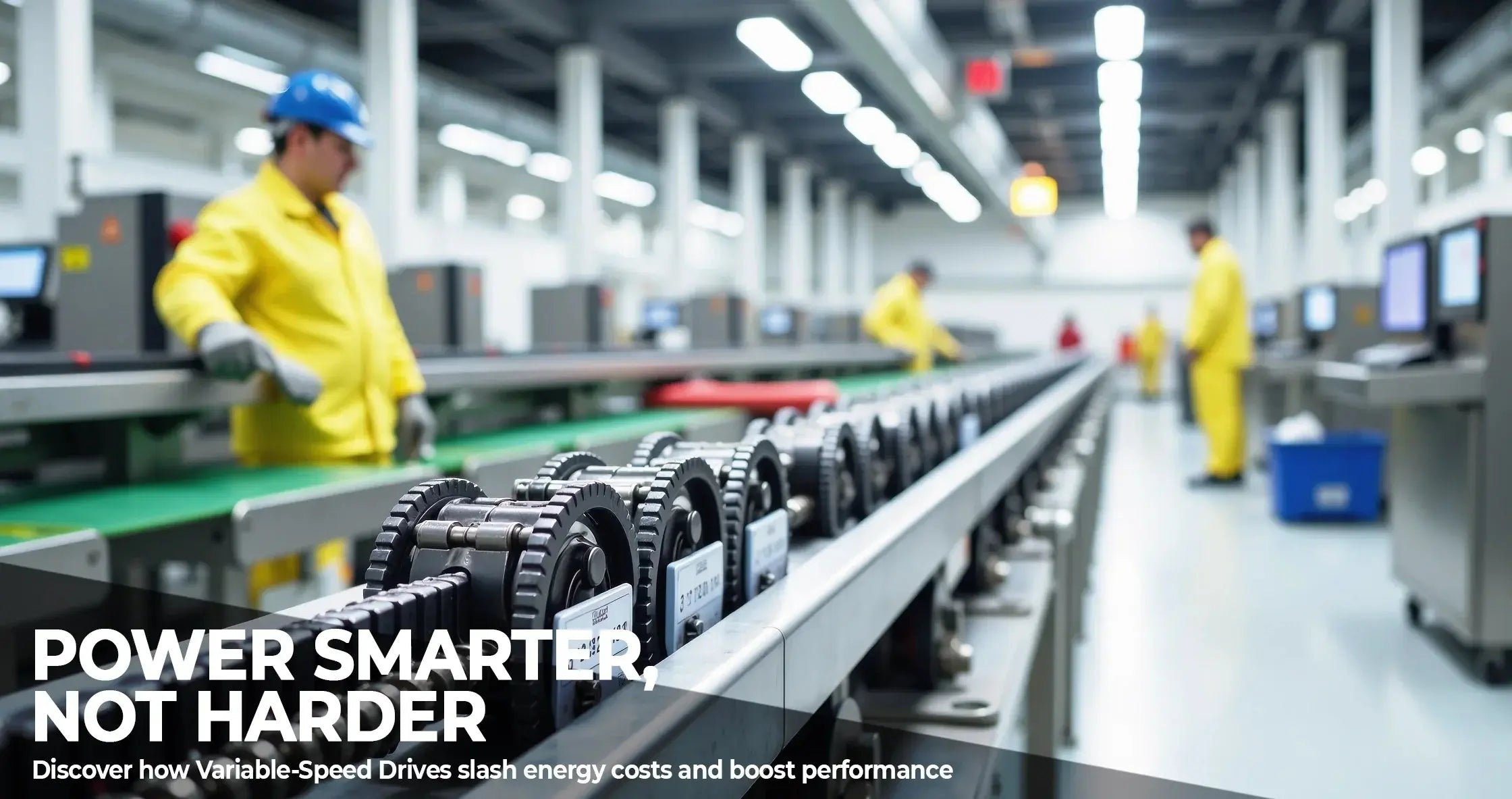Variable-speed drives are transforming industrial energy management. By providing precise control over electric motor speeds, variable-speed drives reduce energy waste and lower operational expenses. In this article, we explore the mechanics, applications, and benefits of variable-speed drives, supported by real-world examples and SEO best practices.
Understanding Variable-Speed Drives
Variable-speed drives (VSDs) are electronic controllers that adjust motor speed by varying the frequency and voltage supplied. With variable-speed drives, motors run only as fast as needed, cutting energy waste and improving process control.
How Variable-Speed Drives Work
Variable-speed drives convert incoming AC power to DC, then invert it back to AC at a controlled frequency. This method allows variable-speed drives to tailor motor output to exact load requirements, ensuring optimal performance.
Key Applications of Variable-Speed Drives
-
HVAC Systems: Variable-speed drives regulate fan and pump speeds based on temperature demands, delivering up to 30% energy savings.
-
Pumping and Water Treatment: Variable-speed drives match pump speed to flow requirements, reducing energy consumption and mechanical wear.
-
Compressed Air Systems: Installing variable-speed drives on compressors trims power use during low-demand periods.
Energy Efficiency Gains with Variable-Speed Drives
Adjusting motor speed by only 10% with variable-speed drives can slash energy use by up to 25%. This non-linear relationship underscores why variable-speed drives are critical for energy-conscious operations.
Cost Savings and Maintenance Benefits
In addition to cutting energy bills, variable-speed drives deliver maintenance savings. Soft-start capabilities reduce mechanical stress, extending motor life and minimizing repair costs.
-
Reduced Downtime: Variable-speed drives feature built-in fault diagnostics, speeding up troubleshooting and maintenance.
-
Long-Term ROI: Payback periods for variable-speed drives installations typically range from 1 to 3 years.
Environmental Impact of Variable-Speed Drives
By lowering energy consumption, variable-speed drives help businesses shrink carbon footprints and meet sustainability targets. Companies using variable-speed drives often qualify for energy-efficiency incentives and rebates.
Future Trends in Variable-Speed Drives
The next generation of variable-speed drives will feature enhanced integration with renewable energy sources and IoT connectivity. Advanced controls will allow variable-speed drives to dynamically respond to grid changes and renewable power availability.
Frequently Asked Questions (FAQ)
What Are the Primary Benefits of Variable-Speed Drives?
Variable-speed drives deliver precise motor control, energy savings, reduced maintenance, and longer equipment life.
Are Variable-Speed Drives Suitable for All Motors?
Variable-speed drives excel in variable torque applications like pumps and fans. In constant torque settings, performance should be evaluated case by case.
How Quickly Can I Recoup My Investment?
Most users of variable-speed drives see payback within one to three years, depending on load profiles and energy costs.


